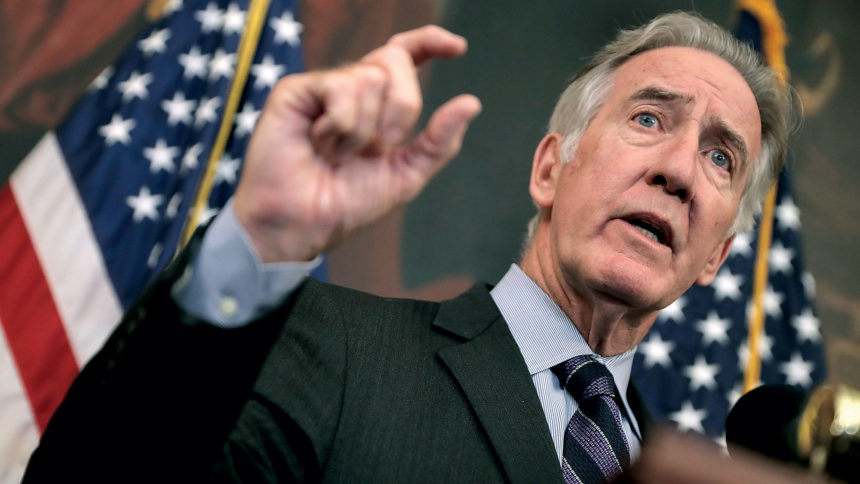
Legislation introduced late last week could significantly expand the way the government rewards success in nursing home care, laying the groundwork for as many as 10 value-based purchasing standards.
Rep. Richard Neal (D-MA) introduced HR 3406 on Friday, along with Republican co-sponsor Kevin Brady of Texas. The full text was made available Monday when it was included in the broader Beneficiary Education Tools Telehealth Extender Reauthorization (BETTER) Act of 2019.
The bill’s skilled nursing provisions call for additional measures influencing payment starting in October 2022. They could include functional status, patient safety, care coordination or patient experience categories.
The total number of measures in the value-based purchasing program would be capped at 10.
Starting in October 2021, the bill would exempt some providers who don’t have a minimum number of applicable cases.
LeadingAge said Monday it supports the efforts to improve measurements through the use of validated quality standards.
“We appreciate that the legislation is discretionary, limits the number of measures that may be used at any given time, and only applies to nursing homes with a minimum number of relevant cases,” said Ruth Katz, senior vice president for policy/advocacy.
Validation methods could be similar to the process used for measuring hospital stays. Hospital readmissions are the first and, so far, only VBP quality measure affecting payments to skilled nursing homes.
According to data released by the Centers for Medicare & Medicaid Services in November, 27% of facilities earned bonus pay, while 73% were penalized for their performance on the rehospitalization standard.
To fund incentives, CMS withholds 2% of SNFs’ fee-for-service Part A Medicare payments. The bill introduced Friday would provide an additional $5 million in annual funding from the Federal Hospital Insurance Trust Fund in 2022, 2023 and 2024.
The bill calls on the Medicare Payment Advisory Committee to outline a prototype for the program as part of a unified prospective payment system by March 2021. The design must include methodologies for scoring provider performance and effects on payment, and it can also take into account the actual effect on patient outcomes.
The goal of the SNF value-based purchasing program is to drive quality through incentives. But the program failed to move the needle for readmission in its first period with financial implications.
Between 2015 and 2017, the average rehospitalization rate crept up from 19% to 19.4%. But data for the program reflect only Medicare fee-for-service claims, and observers have said it could be skewed by the increasing popularity of Medicare Advantage plans.




